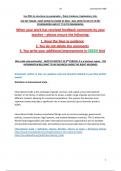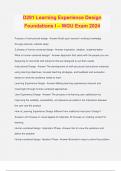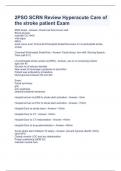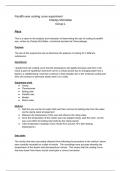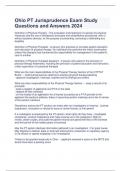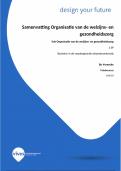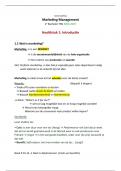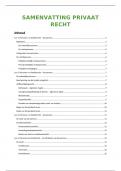Essay
2024 Unit 5: International Business (Assignment 1) (Distinction)
- Institution
- PEARSON (PEARSON)
This document includes assignment 1 for BTEC Level 3 Business. Use this as a guide to help you achieve a distinction in your coursework. It covers all criteria. Any questions, please message me!
[Show more]
